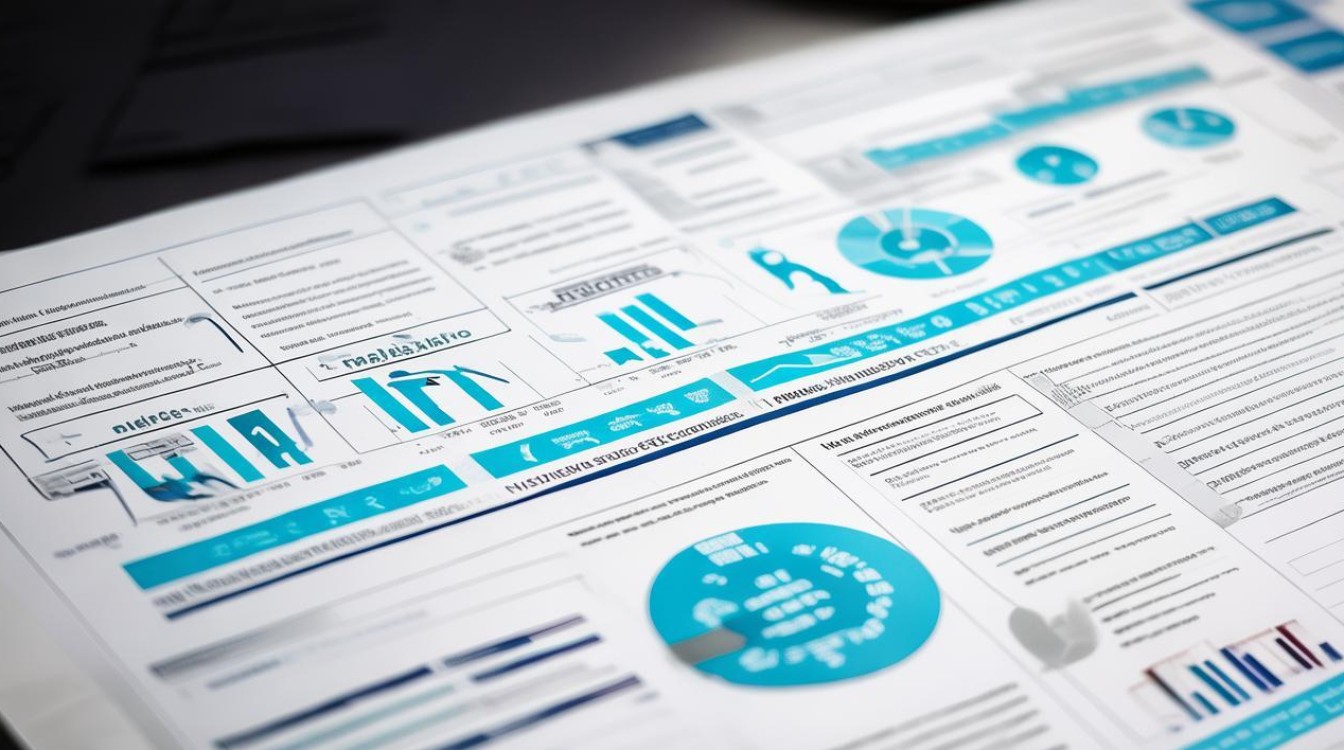2020年雅思大作文题目延续了往年的命题风格,同时融入了更多当代社会议题,从教育公平到科技伦理,从环境保护到文化传承,考题范围既保持广度又体现深度,本文将系统分析全年高频话题,拆解评分标准核心要点,并提供可操作的高分表达技巧。

年度话题分布与命题特征
全年考题可归纳为四大主题集群:
-
科技与社会变革
高频出现人工智能伦理(如"机器人是否应取代人类工作")、社交媒体影响(如"虚拟社交削弱现实人际关系")等子话题,这类题目要求考生平衡技术便利性与社会成本,例如1月18日考题:"Some believe technological progress increases the gap between rich and poor, while others argue the opposite. Discuss both views." 需要列举具体技术案例,如自动化生产对蓝领工人的冲击,或在线教育如何缩小城乡教育资源差距。 -
教育模式争议
传统教育与现代方法的碰撞成为焦点,如3月5日题目:"Memorization of facts is less important in the digital age. To what extent do you agree?" 此类题目需结合认知心理学研究,指出批判性思维培养与基础知识积累的辩证关系,可引用PISA测试数据佐证观点。 -
环境政策权衡
气候议题出现创新问法,如6月20日考题:"Individual actions have negligible impact on environmental problems. Only governments and large companies can make a difference. Do you agree?" 高分答卷往往能区分个人行为的示范效应与制度变革的杠杆作用,建议使用"碳足迹计算器""绿色溢价"等专业术语。
-
文化全球化困境
9月12日题目典型代表:"The spread of multinational companies leads to loss of cultural diversity. Is this inevitable?" 需要辨析文化同质化与文化杂交的区别,可举星巴克本土化菜单或K-pop全球化案例,避免非此即彼的二元结论。
TR/CC/LR/GRA评分维度突破技巧
任务回应(Task Response)
- 立场鲜明:开头段必须明确表态,避免"平衡讨论"式骑墙观点,例如面对"政府是否应资助艺术"的题目,直接表明"文化艺术资助应优先于基础设施建设"更易获得高分。
- 论证分层:每个主体段设置分论点,采用"观点→例证→反驳→强化"结构,讨论远程办公利弊时,可先承认效率提升,再通过斯坦福大学研究指出协作创新能力下降20%的数据。
连贯与衔接(Coherence and Cohesion)
- 指代网络:用"This paradigm shift"替代简单重复前文观点,使用"Such legislation"保持指代清晰,但需控制代词密度,每100词出现3-5次为佳。
- 逻辑标记:进阶连接词如"Notwithstanding these benefits""Correspondingly"比泛泛的"However""Therefore"更能体现语言掌控力。
词汇资源(Lexical Resource)
- 话题词伙:
- 科技类:algorithmic bias(算法偏见)、digital divide(数字鸿沟)
- 教育类:scaffolding instruction(支架式教学)、formative assessment(形成性评价)
- 环境类:circular economy(循环经济)、greenwashing(环保漂绿)
- 动词升级:
普通表达:make rules → 高分替换:promulgate regulations
普通表达:give money → 高分替换:allocate fiscal subsidies
语法范围与准确度(Grammatical Range and Accuracy)
- 复杂句组合:
"While proponents argue that automation boosts productivity, which ultimately benefits the whole society, critics counter that job displacement disproportionately affects low-skilled workers, a demographic already struggling with wage stagnation."
该句包含让步状语从句、非限制性定语从句、同位语三种结构。 - 虚拟语气应用:
"Were governments to impose stricter emissions standards, manufacturers would be compelled to innovate." 比直陈语气更具学术性。
常见误区与修正方案
-
例证空洞
低分案例:"Technology is bad for children."
修正版本:"A 2020 JAMA Pediatrics study tracking 2,500 adolescents found excessive screen time correlated with 28% higher risk of attention deficits." -
论证断层
问题段落:"Online learning is convenient. Students can study anytime."
优化后:"The asynchronous nature of MOOCs eliminates temporal constraints, enabling working professionals to upskill without career interruption—a critical advantage confirmed by MIT's 2019 survey showing 73% completion rates when courses offered flexible schedules." -
结论仓促
避免模板句:"In conclusion, both views have merits."
改为:"Ultimately, the debate hinges on whether we prioritize short-term economic gains over long-term ecological resilience, a value judgment that no empirical data can wholly resolve."
2020年典型真题范文解析
以10月31日考题为例:"Some think that children should start school as early as possible, while others believe they should be at least 7 years old. Discuss both views and give your opinion."
高分范文节选:
"Neuroscience research from the University of Cambridge indicates that the prefrontal cortex—responsible for executive functions—matures significantly between ages 5-7. Early formal education may thus prove counterproductive, as evidenced by Finland's delayed schooling model yielding superior PISA scores. However, structured play-based learning, as implemented in Sweden's förskola system, demonstrates that cognitive stimulation need not equate to rigid academics. The key lies in distinguishing biological readiness from cultural expectations..."
该段落亮点:
- 引用权威研究机构数据
- 对比不同国家教育模式
- 区分核心概念(biological readiness vs cultural expectations)
- 使用专业术语(prefrontal cortex, executive functions)
雅思写作的本质是展示批判性思维与学术表达能力的平衡,在2020年题库中,能够结合具体学科知识(如经济学中的机会成本概念、心理学中的认知负荷理论)的考生普遍获得6.5分以上,与其背诵万能模板,不如建立自己的案例库,将《经济学人》的深度报道转化为个性化论据,真正的高分答案,永远产生于缜密思考与精准表达的交叉点上。



